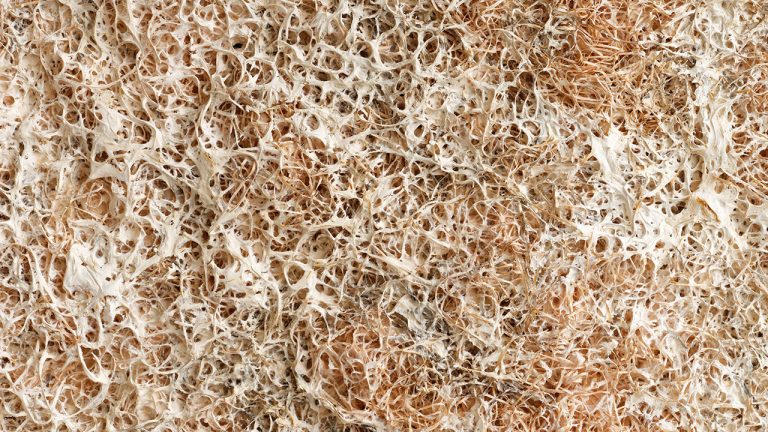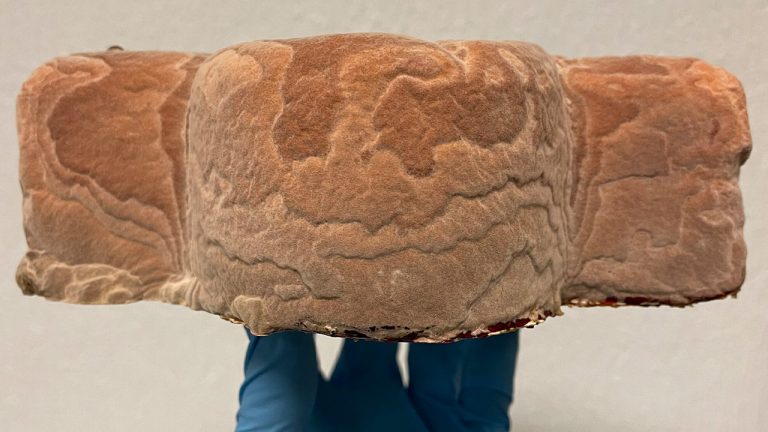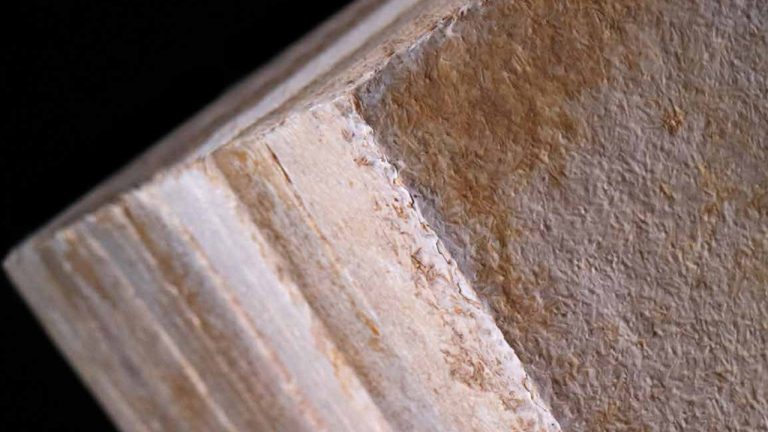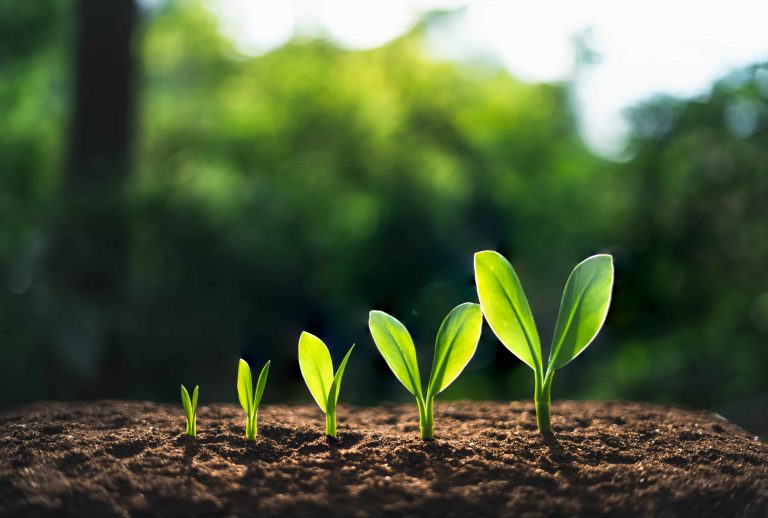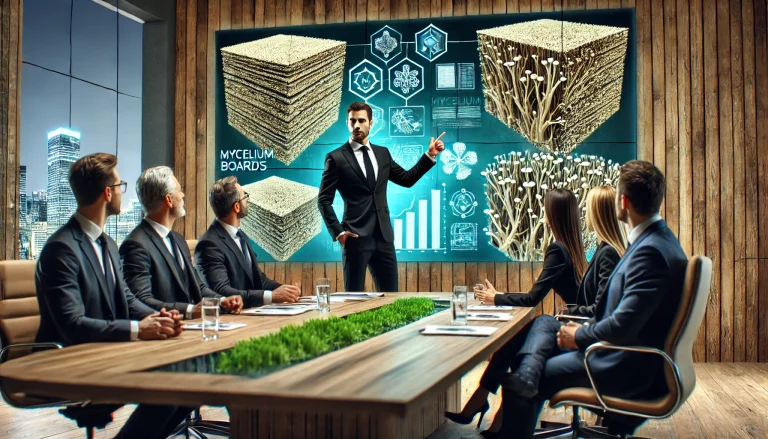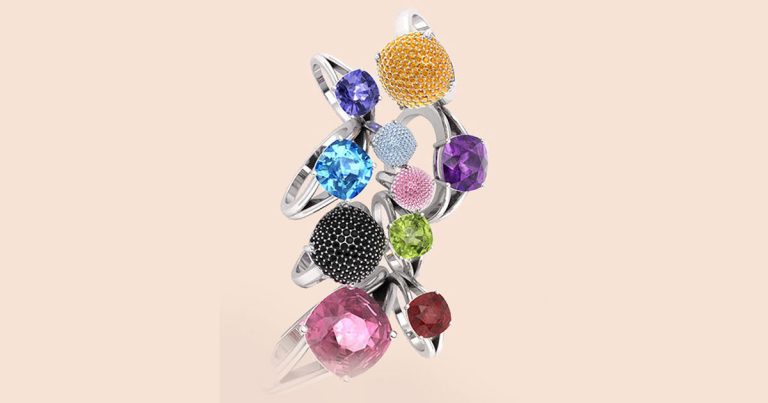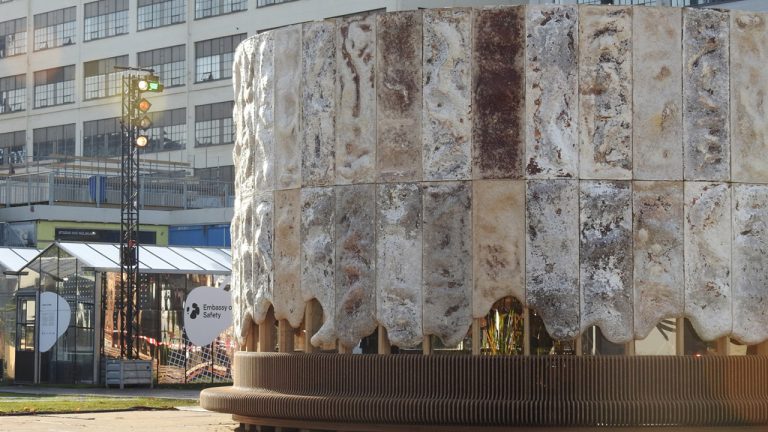
Innovative Applications of Mycelium Boards in Urban Design and Public Spaces
Mycelium boards, as eco-friendly and sustainable construction materials, are revolutionizing urban design and public spaces in Canada. Urban planners, architects, and developers increasingly seek materials that not only perform structurally but also support environmental goals, enhance aesthetics, and provide long-term durability. With growing awareness of climate impact, sustainable public infrastructure, and community-centered design, mycelium boards present an innovative solution for modern urban landscapes.
This article explores the novel applications of mycelium boards in urban design, covering public spaces, street furniture, architectural panels, and city planning projects. It also includes case studies and examples highlighting real-world use in Canadian cities, emphasizing the environmental and social benefits of bio-based panels.
